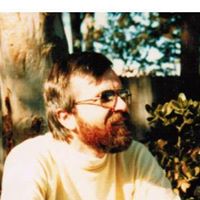Invented by John Francis Campbell, what is recorded by means of a Campbell–Stokes recorder?
The Campbell–Stokes recorder (sometimes called a Stokes sphere) is a type of sunshine recorder. It was invented by John Francis Campbell in 1853 and modified in 1879 by Sir George Gabriel Stokes. The original design by Campbell consisted of a glass sphere set into a wooden bowl with the sun burning a trace on the bowl. Stokes's refinement was to make the housing out of metal and to have a card holder set behind the sphere.
The unit is designed to record the hours of bright sunshine which will burn a hole through the card. This basic unit is still in use today with very little change. It is widely used outside the United States (the Marvin sunshine recorder is generally the instrument used by the U.S. National Weather Service).
The crystal ball is typically 10 cm (4 inches) in diameter, and is designed to focus the rays from the sun onto a card mounted at the back and is set on a stand. The card is held in place by grooves of which there are three overlapping sets, to allow for the altitude of the sun during different seasons of the year. The recording of each day goes onto one card.
More Info:
en.wikipedia.org

